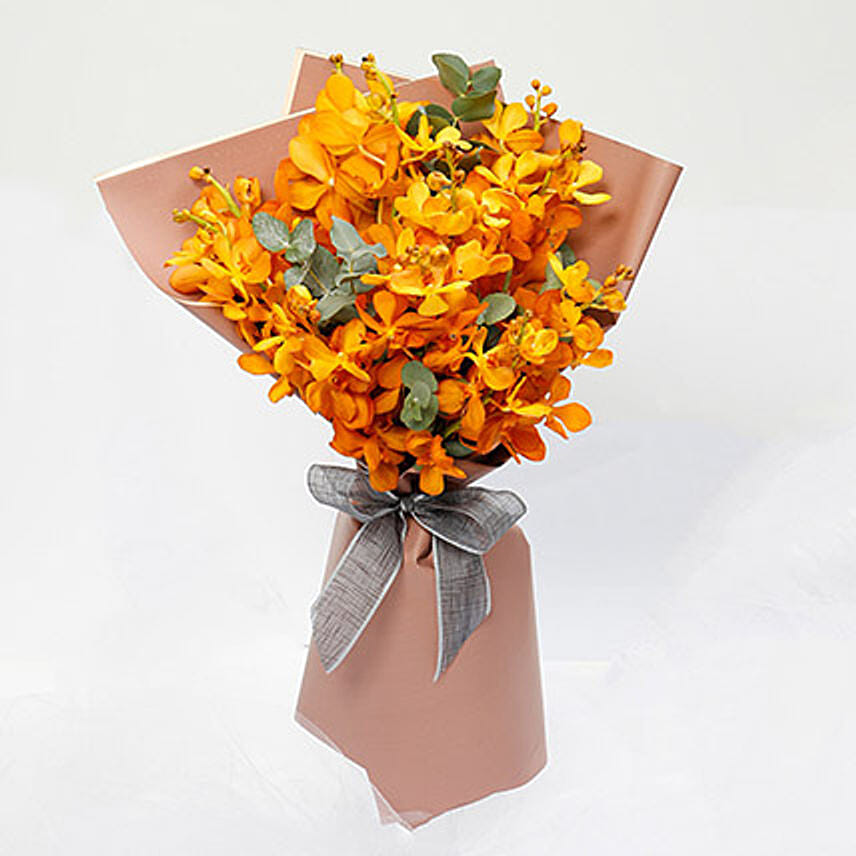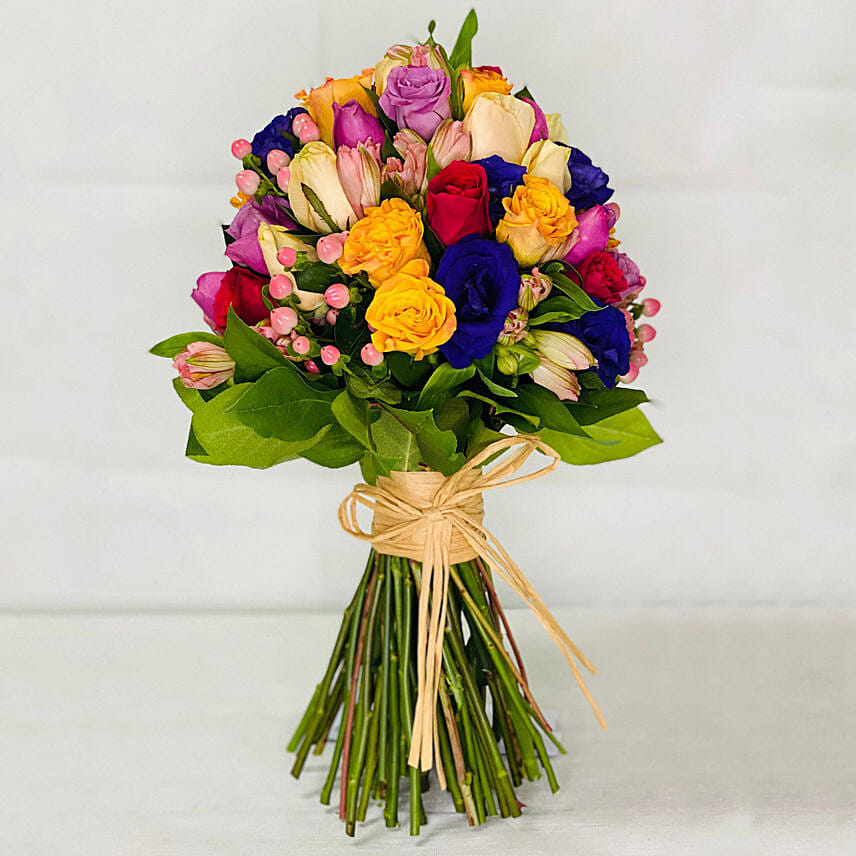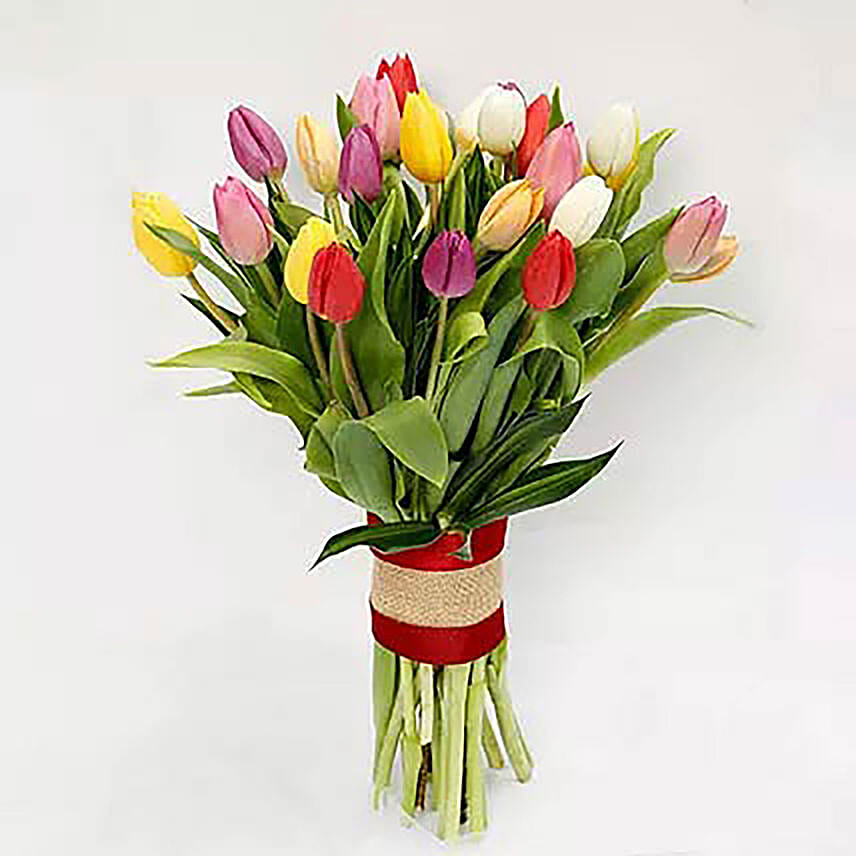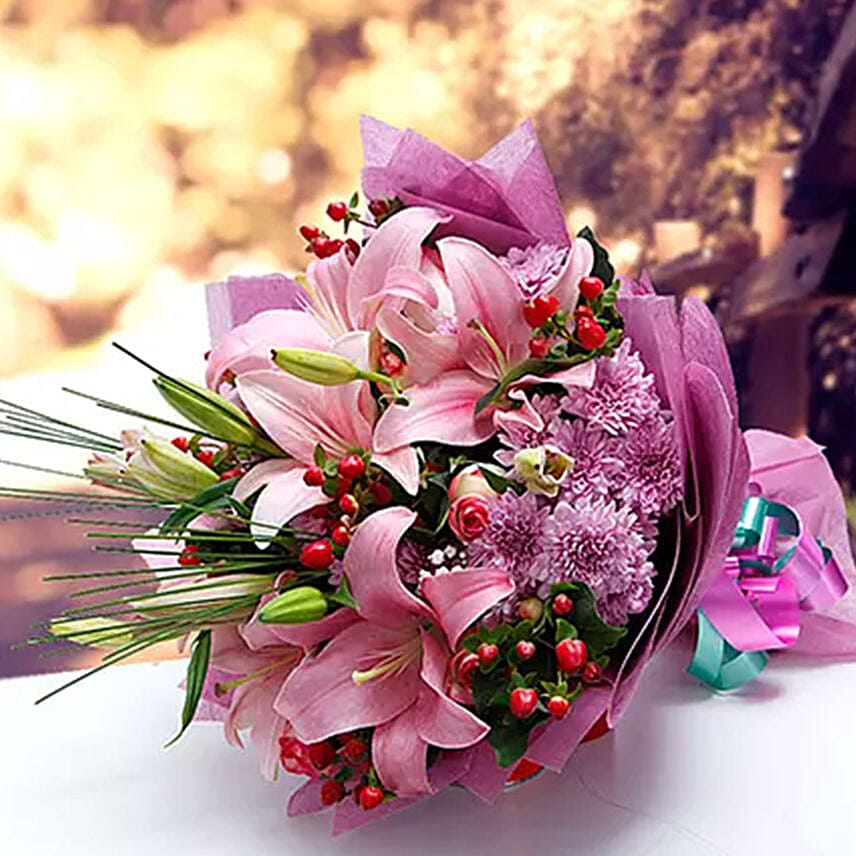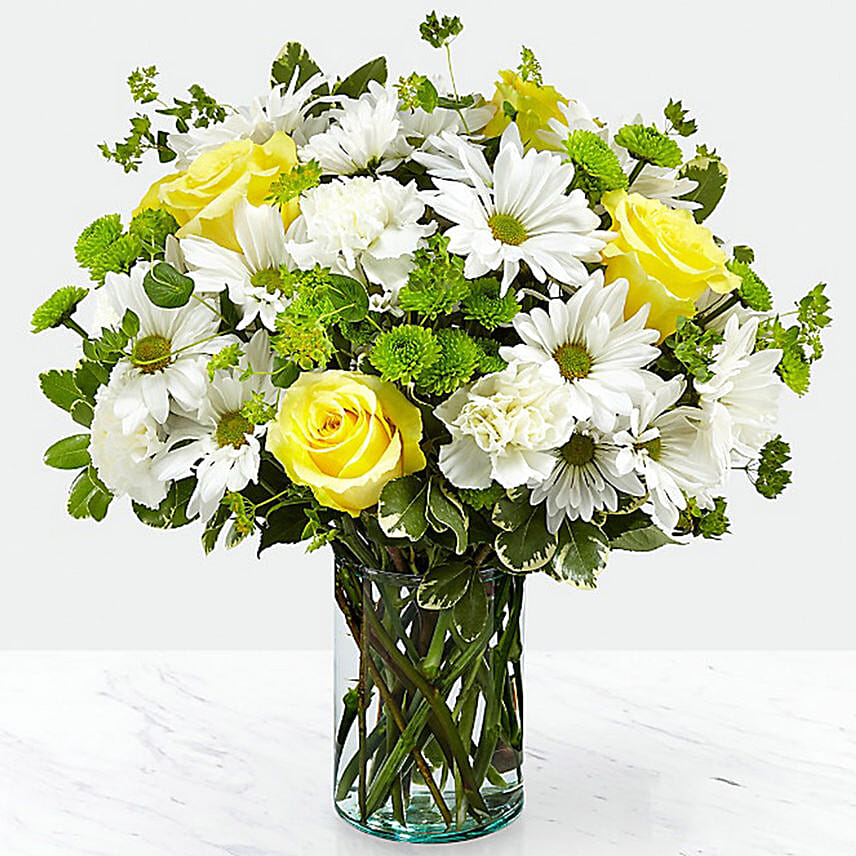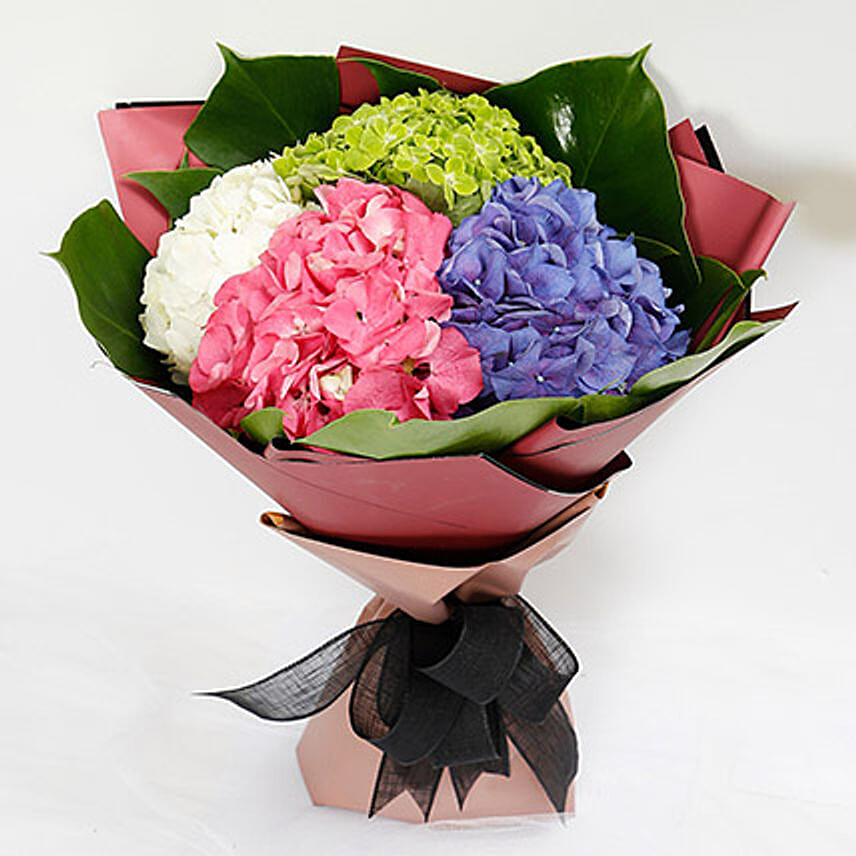Story behind "Roses"
- Author: Apeksha Rawat Published: 19th November, 2019
Rose is a woody perennial flowering plant of the genus Rosa with over 300 species and thousands of cultivars. The scientific name of the rose is Rosa. The rose flowers are usually large and showy and come in a variety of colours ranging from white, yellow, pink, orange, peach to lavender. Most species of roses are native to Asia while some of them are native to Europe, North America, and northwestern Africa.
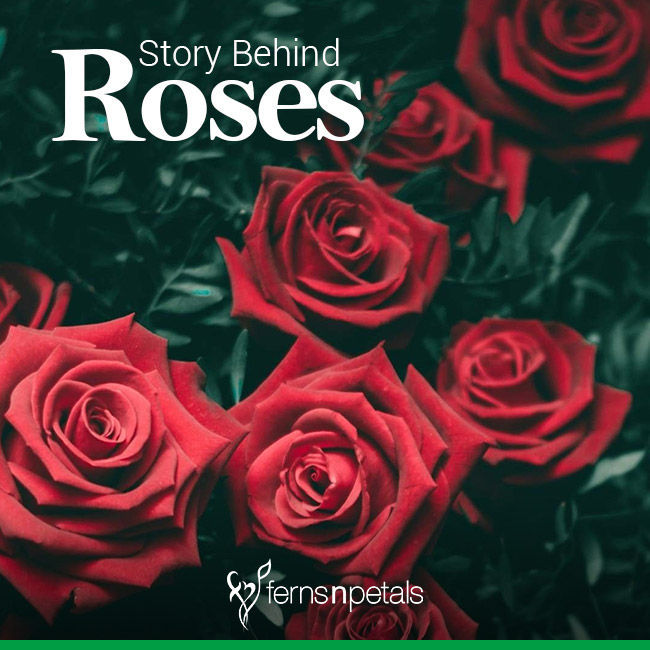
Roses are undoubtedly one of the most beautiful and popular flowers around the world. For centuries, roses have been the symbol of love, beauty, and passion. They are known to have a long and fascinating history with fossil evidence of 35 million years old, much before the humans came into existence.
Here are some amazing facts related to the ancient, medieval, and modern history of roses:
- The garden cultivation of roses began some 5000 years ago in China. The rose fossils have also been discovered in Yugoslavia & Germany.
- During the Roman period, roses were grown extensively in the Middle East and used as confetti at celebrations, as a source of perfume, and for medicinal purposes.
- During the fifteenth century, the rose was used as a symbol for the factions fighting to control England. The red rose symbolized Lancaster and the white rose symbolized York. As a result, the conflict became known as the "War of the Roses."
- During the seventeenth century, royalty considered roses or rose water legal tender as they were used as barter and for payments.
- In the late eighteenth century, the cultivated roses were introduced into Europe from China. Most modern-day roses can be traced back to this ancestry.
- Rosa gallica also called the French rose is identified as the oldest rose that exists to this day. It was regarded as a symbol of love by the Persians.
- Rosa damascena or the damask rose is an offspring of Rosa gallica that first appeared in 900 B.C. and has been an integral part of the history of roses.
- Rosa alba is another important rose variety, which is also called the “White Rose of York.” In the 15th century, during the war of the roses, the House of York made this rose its emblem.
- The ancient Romans, Greeks, and Phoenicians not only cultivated roses but also used them for trade. These communities acquired different varieties of roses while they travelled and conquered different places. Therefore, the roses spread extensively through the Middle East & other places in the region of the Mediterranean.
- Due to the fall of the Roman Empire, the Europeans were busy struggling to recover from the war and it became very difficult to maintain rose gardens.
- The King of Franks Charlemagne, also known as Charles the Great (742 A.D. -814 A.D.) grew roses on the grounds of his palace at Aix-la-Chapelle.
- During the 12th & 13th centuries, soldiers who returned from the crusades in the Middle East carried with them the stories of ostentatious rose gardens and also some sample flowers.
- The herbalists also provided evidence of their increasing knowledge regarding roses. In 1597, the English herbalist John Gerard mentioned in his book ‘Herball’ that people at that time were aware of 14 types of roses. In 1629, John Parkinson noted that as many as 24 different types of roses were grown in his herbal garden called Paradisus. By the 1700s, the artist, Mary Lawrance illustrated 90 different varieties of roses in her book titled, “A Collection of Roses from Nature.”
- The first hybrid tea rose, “La France” was introduced by the French breeder, Guillot in 1867.
- The hybrid tea rose possessed the general habit of a hybrid perpetual rose that had elegantly shaped buds and free following character of a tea rose.
- By the late 20th century, more than 10,000 hybrid tea roses were bred successfully.
- The introduction of ‘La France’ announced the era of modern roses.
- Currently, there are believed to be around 30,000 varieties of roses worldwide. Each year, the number of gardens where the old roses appear also increases.




